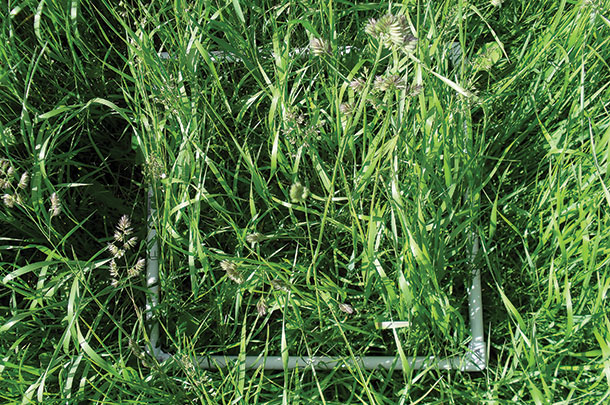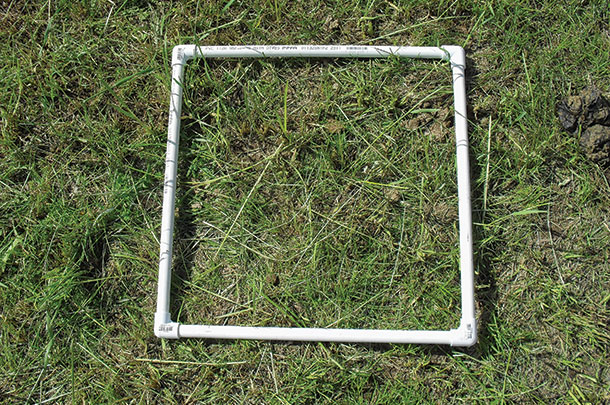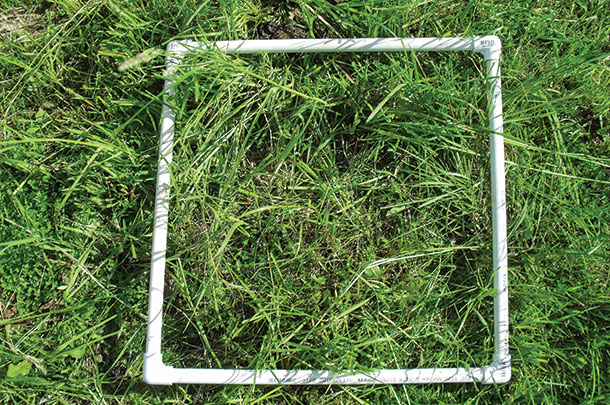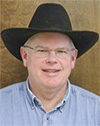Grazing residual affects everything in the pasture. What is residual? Residual is the living plant material remaining after a grazing event. Residual is often confused with residue, which is the dead plant material on the soil surface. While residue definitely has its benefits, residual is everything.
Residual affects the following six things: forage intake, pasture regrowth, plant root growth, soil organic matter, the nutrient cycle and water infiltration/runoff. Let’s discuss each of these a little more in-depth.

One of the biggest factors affecting forage intake is availability. Cattle grazing taller pastures are able to take in more forage with each bite, fill up faster and perform better. Cattle grazing short pastures will have reduced intake and reduced performance. Research conducted at the University of Missouri Forage Systems Research Center showed cattle will only take so many bites per day, regardless of whether they are full or not. Reduced intake appeared to be a function of reduced bite size coupled with reduced forage quality in the lower canopy as available forage decreases.

Forage intake was maintained above 2.5 percent of animal bodyweight when forage availability was greater than 1,800 pounds of dry matter per acre and the length of the grazing period for an individual paddock or pasture was less than four days. When forage availability was greater than 1,800 pounds per acre, forage quality was high and the length of the grazing period was one day, animal intake exceeded 4 percent of bodyweight per day.
Pasture regrowth is affected by residual. Pasture plants need to photosynthesize in order to regrow efficiently. Photosynthesis takes place mainly in the leaves of the plant. When plants are grazed too short, they must rely on plant energy reserves and new buds in order to regrow. This process is less efficient and requires more time.

In other words, grazing to a shorter residual will increase the length of the rest period needed for the pasture to recover and be ready for the next grazing. Leaving taller post-grazing residual will speed up the recovery process and increase pasture productivity.
Plant root growth is affected by residuals. It seems almost every producer has heard the old adage of “take half, leave half” when managing grazing. The fact of the matter is: Allowing livestock to graze up to 50 percent of the aboveground biomass has very little effect on plant roots. Taking more than 50 percent, however, can severely impact root growth, thus reducing plants’ ability to absorb water and nutrients from the soil.
Soil organic matter is affected by litter on the soil surface as well as plant roots below the surface. Leaving taller residuals will increase the plant litter on the surface and root mass below the surface, thus helping to increase soil organic matter. This is important, as increased organic matter helps improves soil structure and increases the water-holding capacity of the soil as well as the soil’s ability to hold nutrients.
Improved nutrient cycling is a benefit of leaving taller residuals. Taller residuals leave more of the soil surface covered, which results in lower soil temperatures and enhances urine infiltration rate. As livestock graze, they excrete excess nitrogen in the urine.
In a well-managed grazing system with one-day grazing periods, this can equate to as much as 50 pounds of nitrogen per acre per year. In a three- to four-day grazing period rotation, this figure will be about 20 pounds of nitrogen per acre. Pasture expert Jim Gerrish from American Grazing Lands Services has stated that a well-managed legume pasture with effective nutrient cycling can produce yields equivalent to one receiving 100 to 200 pounds of nitrogen per acre.
Finally, managing for taller residuals affects the water infiltration rate and runoff. Classic research conducted by the University of Nebraska and the USDA Soil Conservation Service in 1937 showed the importance of residual in regard to runoff. This research simulated 3 inches of rainfall in 90 minutes on pasture with a 10 percent slope and silt-loam soil. Excellent pasture with 95 percent ground cover retained 97 percent or 2.7 inches of the water.
Fair pasture with 75 percent ground cover retained only 50 percent of the water and lost the equivalent of 500 pounds of soil per acre to erosion. Poor pasture with only 50 percent ground cover lost over 75 percent of the water to runoff and over 4 tons of soil per acre.
In summary, managing pastures for taller residuals can have many positive benefits. Taller residuals will improve both animal performance and pasture productivity. Remember, residual is everything. ![]()
PHOTOS: These three images illustrate growth of residual in pasture. The photo on the top was taken prior to grazing, the center one was post-graze on a severely grazed pasture, and the photo on the bottom is post-graze with an appropriate residual. Photos courtesy of Jim Gerrish, American Grazing Lands Services.

-
Scott Jensen
- Extension Educator
- University of Idaho
- Email Scott Jensen








